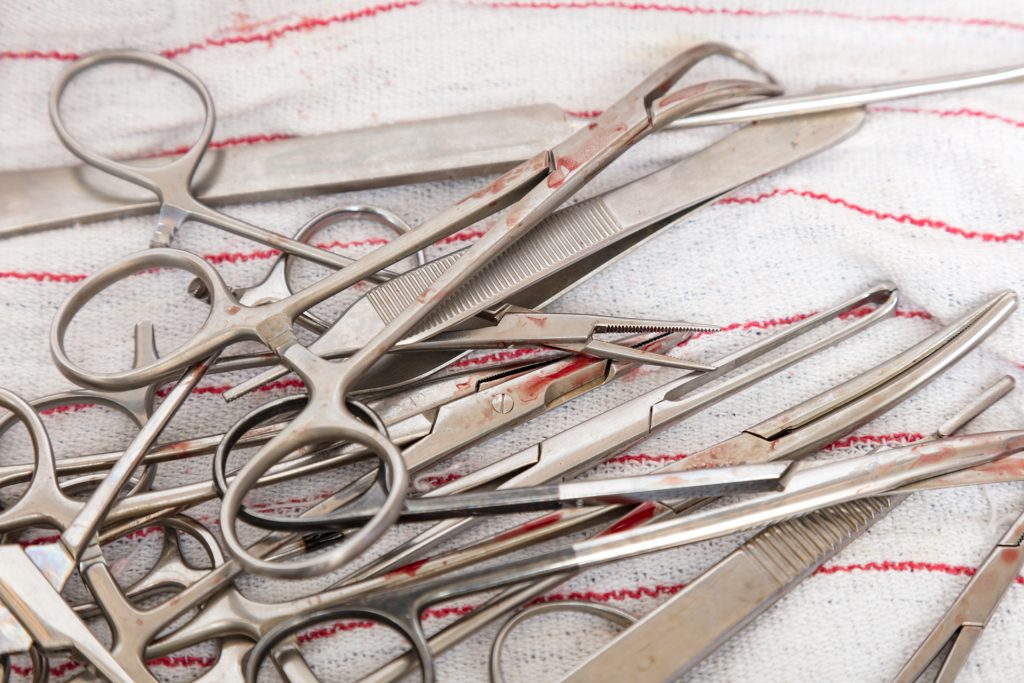I have had to address many surgical instrument complaints across the country, such as rusting and spotting. Ninety-nine percent of the time, the problem boils down to improper care of the instruments, which starts post-operatively, followed by improper soaking/manual washing using improper solutions.
Surgical instrument inspection, also often referred to as instrument care and handling, begins at the point of use. The operating room (OR) team must perform proper instrument care during the procedure as well as immediately after its completion. All instruments require proper point-of-use care and diligent inspection—every time they are used. The following are recommended best practices.
Never allow blood to dry on the instruments

It is important to avoid allowing blood and bioburden to dry on instruments. Also, never allow instruments to soak post-operatively in saline, which can lead to corrosion. Additionally, never soak instruments in chlorhexidine-based solutions, household cleaning solutions, laundry soap, dish soap, or surgeon hand scrub as they damage stainless steel. Manual cleaning should be done with a surgical instrument-neutral pH soap.
Rinse instruments after with distilled or tap water after manual cleaning to remove any residue, then dry with a lint-free towel to prevent water spots.
